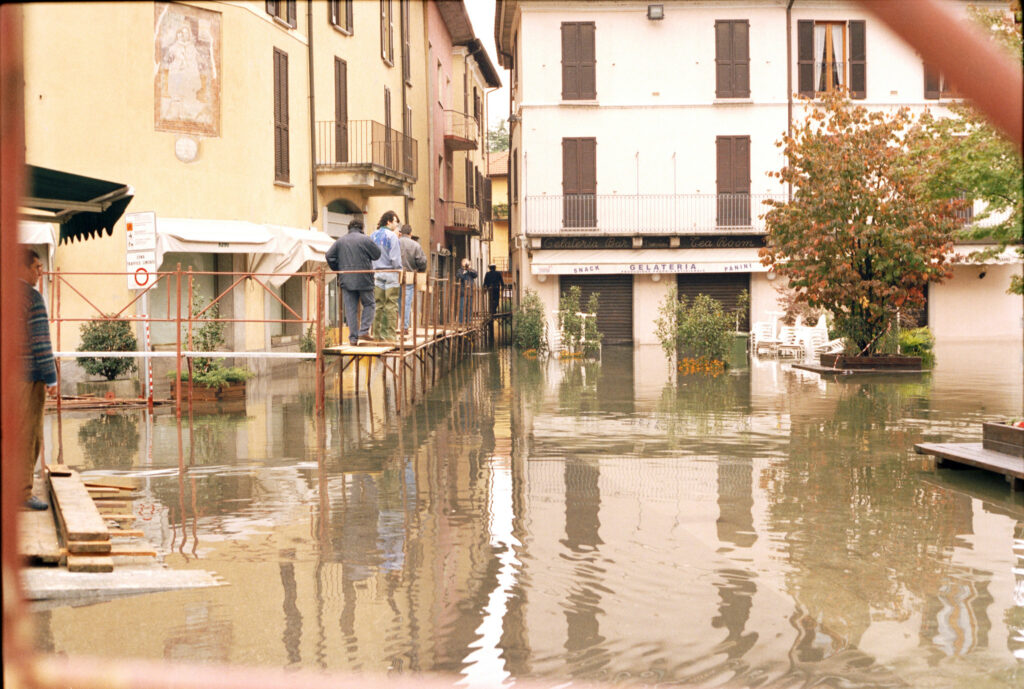A positive step to tackle climate change, with some weaknesses

The italian climate change adaptation plan
Italy faces significant challenges related to climate change, including the increase of a series of natural risks: reduction of water resources, hydrogeological instability, floods, forest fires and coastal erosion. The increase in temperatures and the intensification of extreme events have, in fact, amplified these risks, with a 9% increase in the probability of risk from extreme events over the last twenty years (CMCC, 2020).
In addition, Italy is located in an area particularly vulnerable to climate change, the so-called ‘Mediterranean hot spot’. In this area, a 20% increase in temperature above the global one has been recorded (MedECC, 2020).
In response to these challenges, the Ministry of Environment and Energy Security recently approved the National Adaptation Plan in January. The plan is crucial to “contain the vulnerability of natural, social and economic systems to the impacts of climate change and increase their resilience”.
What the Italian Adaptation Plan provides
The Italian Adaptation Plan provides a legal framework and analyses climate trends in Italy in detail, identifying climate change impacts and sectoral vulnerabilities.
Based on this analysis, the document provides a series of actions for adaptation. The steps are articulated on two levels: a ‘systemic’ one – focused on the construction of an organisational context and the definition of a governance structure – and a ‘directing’ one – the actual adaptation measures.
361 national or regional measures are listed, divided into 18 sectors: aquaculture, geological, hydrological and hydraulic instability, desertification, inland and transitional water ecosystems, marine ecosystems, energy, terrestrial ecosystems, forests, dangerous industries and infrastructures, urban settlements, cultural heritage, marine fisheries, agriculture, water resources, health, transport, tourism, coastal zones.
Adaptation measures are classified into three categories: “soft” actions, which include organisational and institutional development; “green” actions with an ecosystem approach and nature-based solutions; and “grey” actions, which involve infrastructural and technological interventions.
Implementing these actions requires significant funding, for which the Italian Adaptation Plan relies mainly on European funds such as the LIFE Programme, the European Regional Development Fund, the European Social Fund, Urban Innovative Actions, Horizon Europe, and the CAP (Common Agricultural Policy).
The weaknesses of the Italian Adaptation Plan
Despite the positive steps taken with the Italian Adaptation Plan, several critical points emerge during the analysis. The plan is insufficient from an operational point of view, as it provides a guiding framework without binding indications. Of the 361 solutions, most (76%) are classified as ‘soft’, i.e. non-structural. A crucial area such as hydrogeological instability, for example, has no structural measures despite 94% of Italian municipalities being at risk.
Furthermore, details on costs and specific funding sources for many actions are lacking, compromising the feasibility and cost-benefit ratio assessment. Although the Italian Adaptation Plan represents a first step, there is a clear need to integrate climate change adaptation into the country’s social and economic planning.
In conclusion, although the Italian Adaptation Plan represents a positive step, Italy faces further challenges in effectively implementing adaptation measures and ensuring a comprehensive and sustainable long-term strategy.

